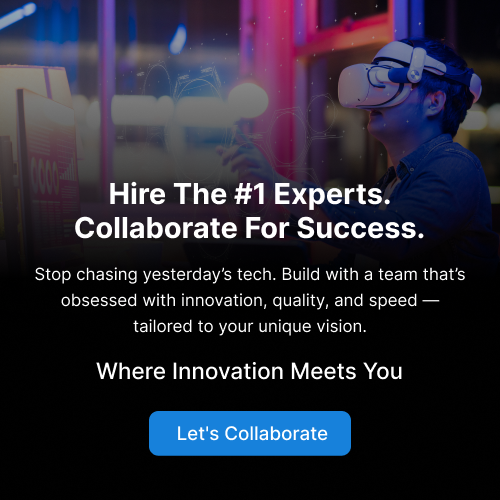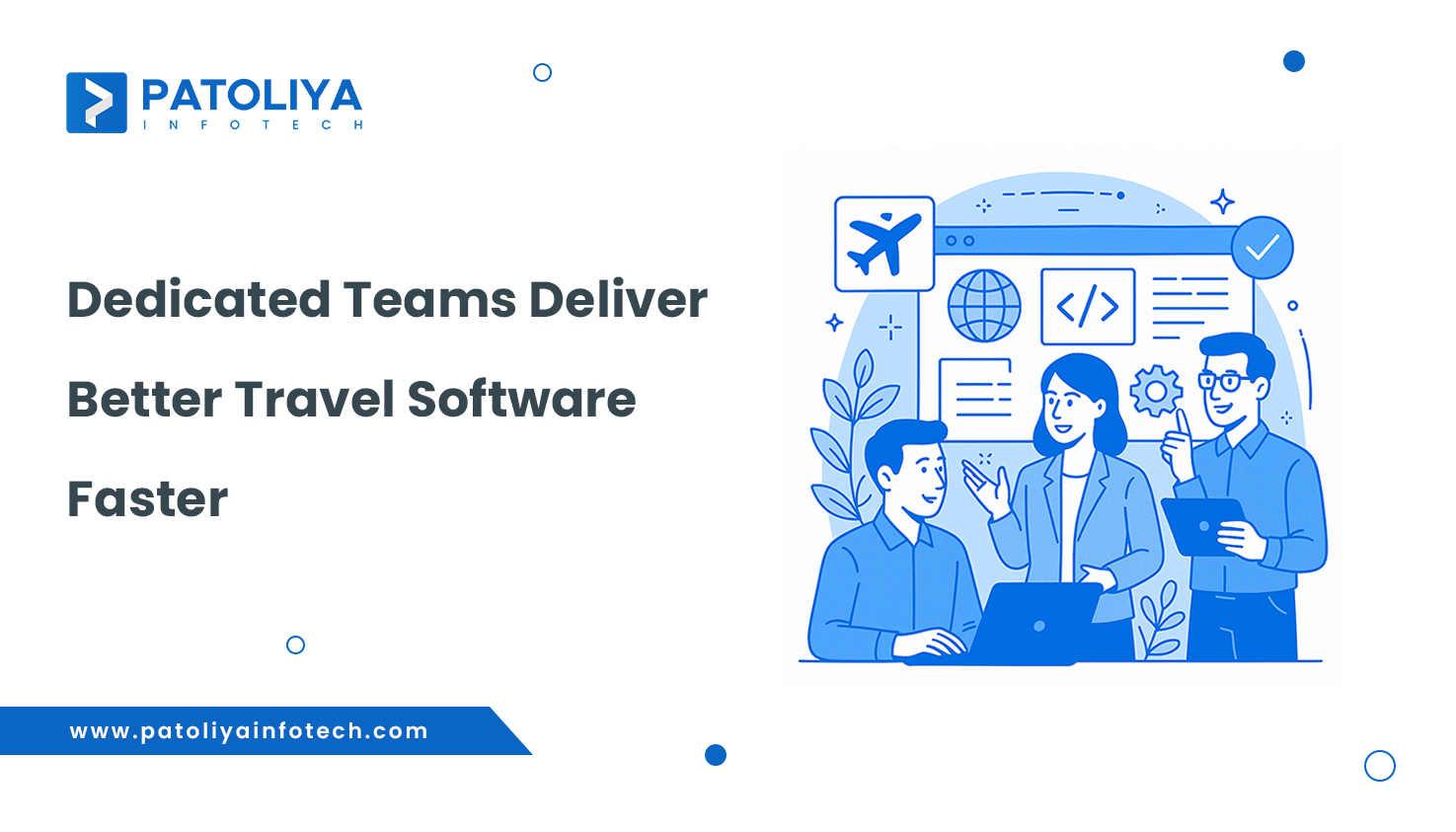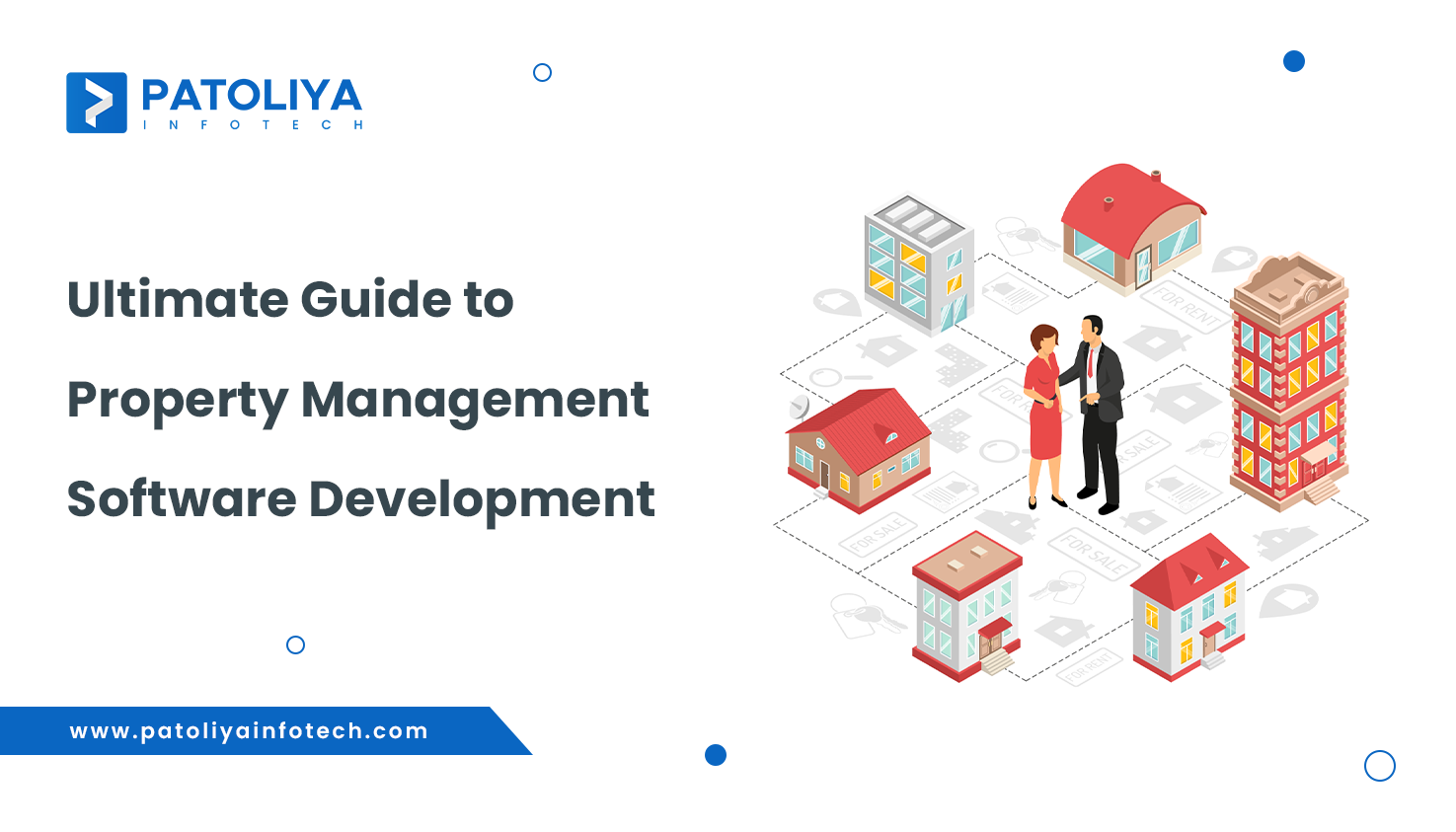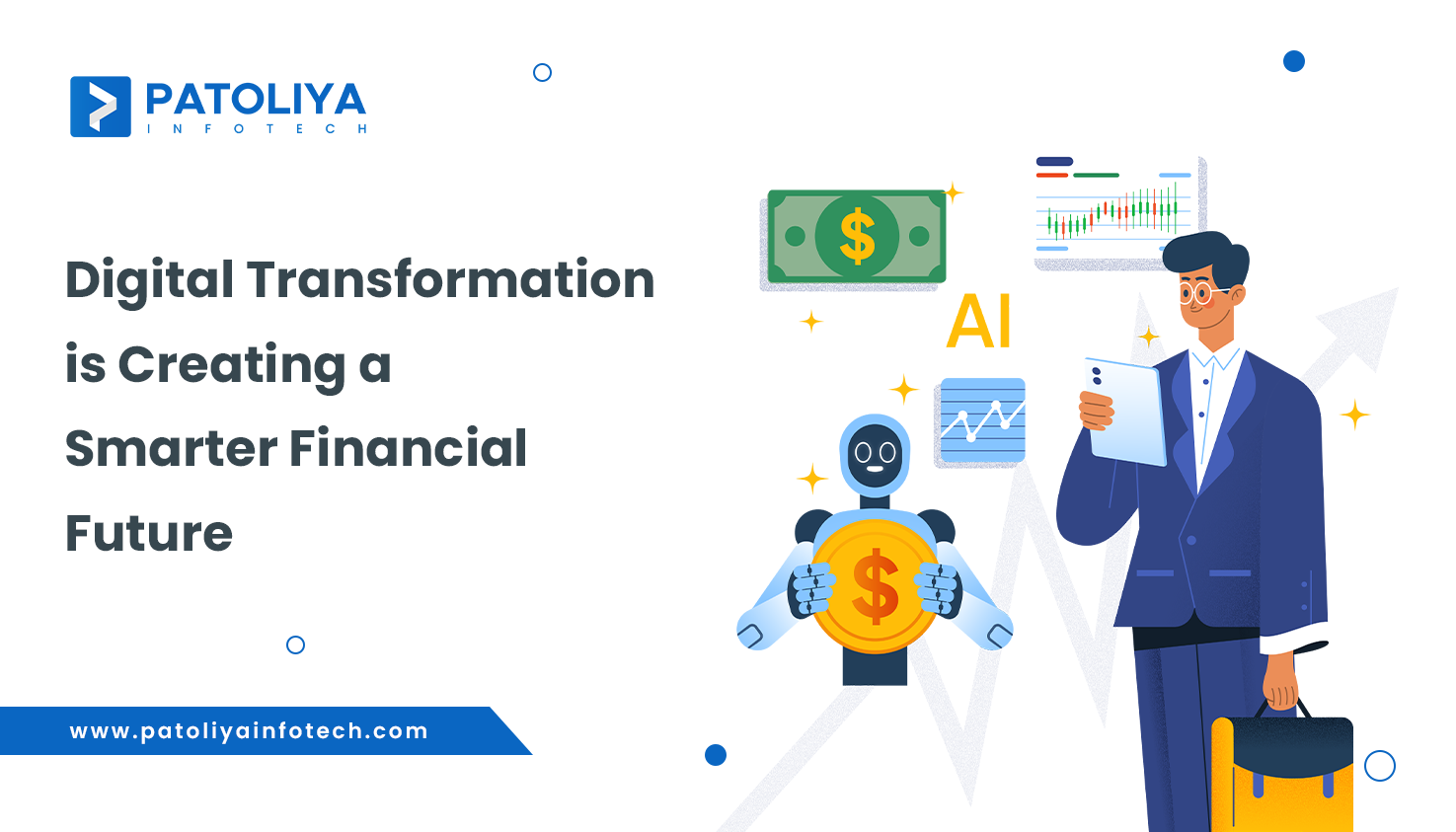Best Practices for Software Development Life Cycle
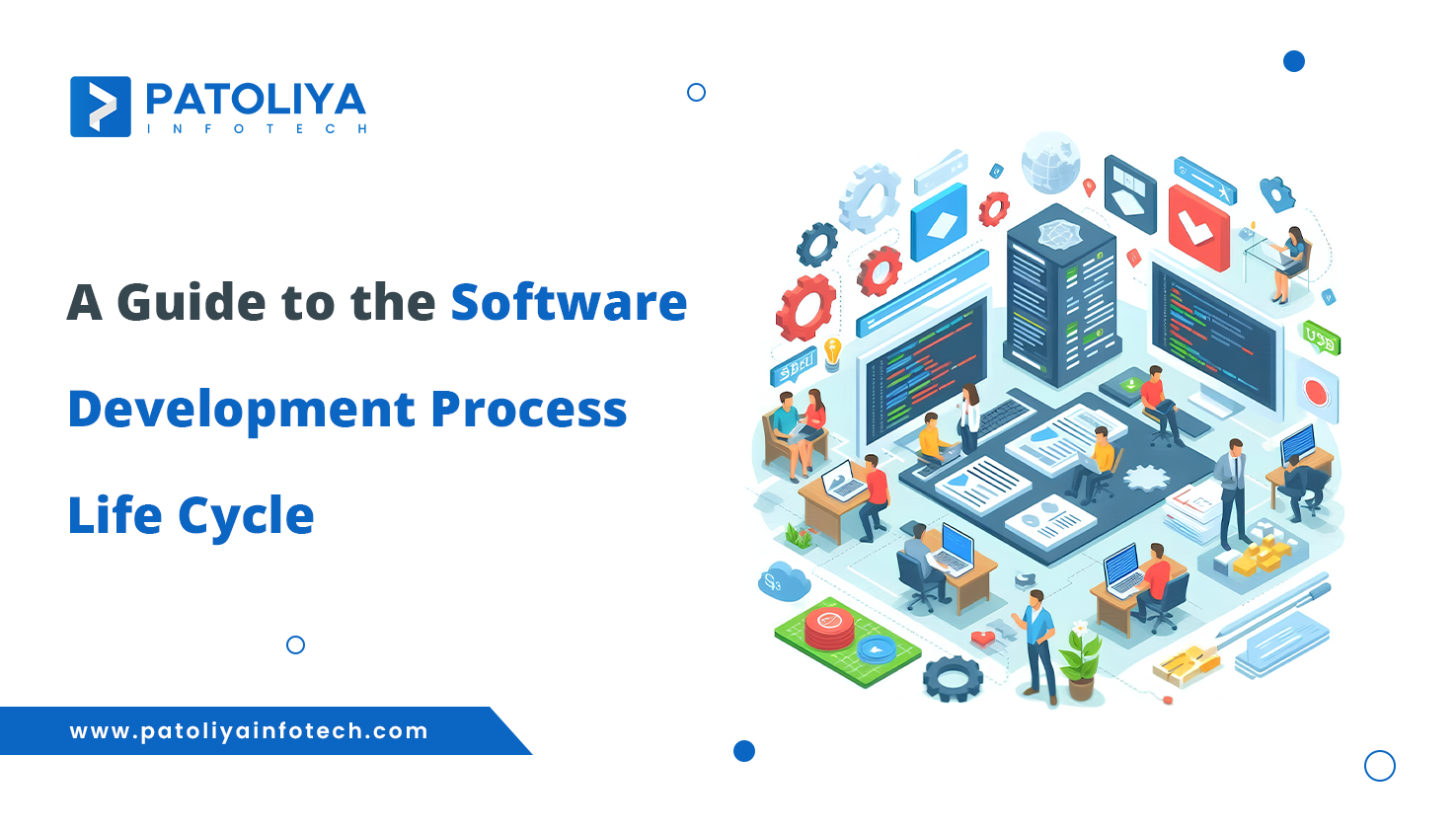
Table of Contents
An organized framework called the software development life cycle (SDLC) guides the development of a software system from start to finish. It serves as a road map for the contractors, assuring that every aspect of the project is well planned and executed. Teams can improve software quality, better manage risks, and better meet customer expectations by following the SDLC.
What is the Software Development Life Cycle (SDLC)?
The SDLC stands for Software Development Life Cycle is a comprehensive approach that describes the phases of software development. By breaking large tasks down into smaller, achievable tasks, this process helps teams be more organized and productive.
Planning, requirements gathering, design, development, testing, implementation, and maintenance are some of the steps that make up the product life cycle. They look at it as a planned approach to developing software with specific deliverables and the value associated with each step.
Are you prepared to go deeper into the field of Developing Software Products Services? Explore our extensive guide to learn all you need to know.
Why Lifecycle of Software Development is Essential for Your Project
An SDLC's implementation is essential for a number of reasons:
- Risk Management: Teams may identify possible risks early and create ways to manage them by planning each stage.
- Improved Quality: Quality assurance is integrated into every stage thanks to the IA structured approach, which produces a more dependable end result.
- Improved Collaboration: Improved communication between team members and stakeholders is facilitated by well-defined responsibilities and clear documentation.
- Customer Satisfaction: life cycle in software development supports in delivering software that satisfies or beyond user requirements by coordinating development with customer needs and expectations.
Are you wondering what benefits custom software can offer? Use our comprehensive guide to reach your full potential.
Life Cycle of Software Development Process

Step 1: Gathering & Analyzing Requirements
Any software project should begin with gathering and analyzing requirements. Engaging with customers is necessary to comprehend their requirements, expectations, and any limitations. The basis of the project is a comprehensive requirements analysis, which guarantees that everyone involved is aware of the aims and purposes of the undertaking.
Use templates to collect requirements so that your project may get off to a successful start. With the use of these tools, you can make sure that all business, user, and system requirements are properly documented and that nothing is missed.
Step 2: Feasibility Analysis
Feasibility analysis comes next, following requirements collection. In this phase, technical, financial, and operational elements of the project are evaluated in order to determine its feasibility. It assists in deciding if the idea is worthwhile to pursue and foresees any difficulties.
Teams may make well-informed decisions regarding the direction of their project and the allocation of resources by conducting a thorough feasibility study, which will eventually save money and time.
Step 3: Designing Your Software Solution
The design team produces a software solution plan during this phase. Data structures, user interfaces, and system architecture must all be defined. For the development process to be guided and the end product to meet user expectations, a well-crafted design is essential.
The design process may be greatly improved by using design specifications that take customer comments into account, guaranteeing that all needs are met before development starts.
Step 4: Building the Codebase
The development team gets to work coding the program after creating a strong design. A functional application is created during this phase from design papers. To guarantee maintainability and scalability, developers must follow best practices and coding standards.
Code quality can be maintained and teamwork can be facilitated with the support of regular code reviews and adherence to coding principles.
Step 5: Rigorous Testing
Testing is a crucial step in the lifecycle of software development, during which the program is put through a battery of tests to find and correct bugs. This stage verifies that the program satisfies the criteria and operates as intended under various conditions.
Combining automated and manual testing together may increase productivity and coverage, help teams identify problems early, and result in higher-quality software overall.
Step 6: Deployment & Installation
After testing is completed, the program can be made available. Moving the program to a production environment where users may access it is part of this step. Proper deployment protocols are crucial to guarantee a seamless shift with little interference.
User happiness and adoption may be greatly impacted by careful deployment planning, which includes user support and training.
Step 7: Ongoing Maintenance
Maintenance, the last stage of the SDLC, involves updating the program, resolving issues, and adding new features in response to user input. Continuous maintenance is essential to maintaining the software's functionality and relevance throughout time.
A maintenance plan that includes frequent updates and user assistance can help guarantee the software's long-term viability and uphold user happiness.
Teams may more successfully negotiate the difficulties of software development and produce high-quality products that satisfy user demands and endure over time by comprehending and putting into practice the software product life cycle process management.
Exploring SDLC Models and Methodologies
Traditional vs. Modern Approaches
Over time, newer and agile methods have replaced more conventional Software Development Life Cycle (SDLC) models, such as Waterfall. While current approaches place a higher value on flexibility, iteration, and continuous improvement, traditional models place more emphasis on thorough planning and documentation up front.
Waterfall vs. Agile: Which Model Suits Your Needs?
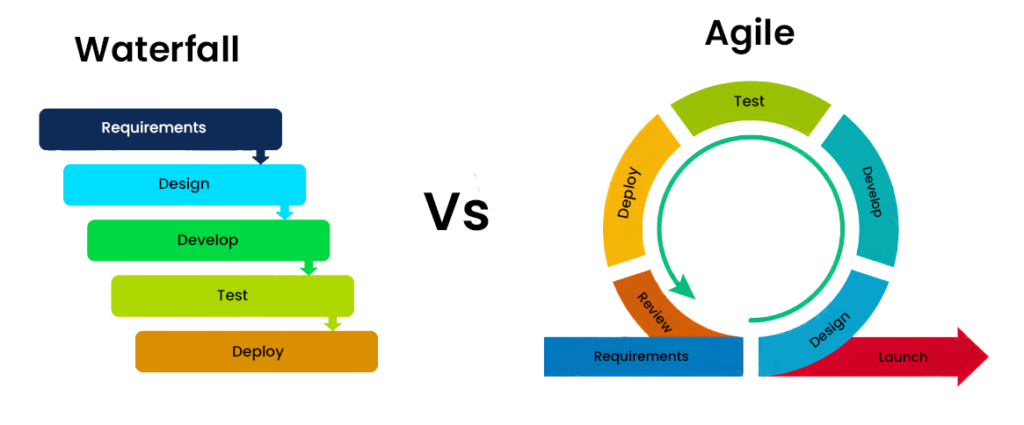
Projects that have well-defined requirements and few modifications anticipated throughout development are good candidates for the Waterfall methodology. It provides predictable timescales and an organized methodology. On the other hand, dynamic situations with changing needs are ideal for the Agile methodology. It encourages frequent releases, tight collaboration between stakeholders, and iterative development.
V-Model, Incremental, and Spiral: Tailoring the Approach
There are changes on the conventional methods offered by other SDLC models:
- V-Model: A Waterfall extension which focuses on testing at every level
- Incremental Model: Allows for early deployment and feedback by delivering the product in chunks.
- Spiral Model: Combines Waterfall and Agile components, with a focus on risk assessment and iterative development
A number of variables, including the size of the team, the complexity of the project, and the degree of uncertainty, affect the model selection.
Big Bang Model: When to Use It and Why
Small projects with clear requirements and little risk might benefit from the Big Bang methodology. Proof-of-concept projects or experiments benefit greatly from its minimum planning requirements and emphasis on quick development.
Choosing the right software development methodology can make or break your project. Find the perfect approach for your team. Learn about Agile, Waterfall, and more in our informative guide.
Maximizing the Benefits of SDLC
Why Structured SDLC is Non-Negotiable
There are several advantages of using an organized SDLC approach, such as increased teamwork, better risk management, and higher quality. Companies may guarantee that projects are completed on schedule, within budget, and to the satisfaction of customers by observing a clearly established procedure.
Best Practices for SDLC Implementation
Organizations should use best practices like these to optimize the advantages of the SDLC:
- Outlining each team member's duties and responsibilities in detail.
- Establishing efficient routes of communication amongst interested parties.
- Including frequent feedback loops to resolve problems and make changes.
- Choosing quality assurance and testing at every stage of the development process.
Advanced Insights and Tools for SDLC Success
Essential Tools for Each Phase of the SDLC
To assist with every stage of the life cycle product development, a number of tools are available, including:
- Gathering requirements: user narrative mapping, prototyping tools.
- Design: Wireframing tools and UML diagrams.
- Development: IDEs and version control systems.
- Testing: Bug tracking software and test automation frameworks.
- Deployment: CI/CD pipelines, containerization platforms
The correct tool selection may increase productivity and optimize processes.
Integrating Modern Techniques
To stay competitive, organizations should consider integrating modern techniques into their life cycle of software product development process, such as:
- Continuous Integration and Deployment (CI/CD): Automates the process of building, testing, and deploying.
- Microservices architecture: separates apps into more manageable, standalone services.
- DevSecOps: Combines security procedures across the whole SDLC.
By using these strategies, companies may produce software more quickly while maintaining greater security and quality.
Measuring and Enhancing SDLC Performance
In order to enhance the life cycle of software development process on a constant basis, companies need to set up performance measures like:
- Defect density: The quantity of flaws in each unit of code.
- Lead time: The interval of time between a change commit and deployment.
- Customer satisfaction: Feedback from Customer on the quality and usefulness of the software.
Teams may improve the SDLC by identifying areas for improvement and making data-driven choices through the analysis of these indicators.
Are you prepared to develop the web application of your dreams? From concept to launch, you can navigate every step of the process with our detailed guide.
SDLC vs. STLC
Two essential procedures that lead the process from conception to completion in the development of high-quality software are the Software Development Life Cycle (SDLC) and the Software Testing Life Cycle (STLC). Both are necessary for software projects to succeed, but they have different functions and functions at various phases of the development process. Think of SDLC as the software's designer and constructor, and STLC as its quality inspector, making sure everything is up to code before the final handover.
| Aspect | SDLC | STLC |
| Definition | A framework outlining the process of software development from start to finish. | A framework detailing the process of software testing. |
| Focus | The entire process of developing software, from design to development to deployment. | Validation and Verification of the program to guarantee its quality. |
| Phases | 1. Planning2. Analysis3. Design4. Implementation5. Testing6. Deployment7. Maintenance | 1. Requirement Analysis2. Test Planning3. Test Case Design4. Test Environment Setup5. Test Execution6. Defect Reporting7. Test Closure |
| Objective | To provide a working software product that satisfies user needs and is prepared for implementation. | To find errors, make sure the program satisfies quality criteria, and confirm that it does. |
| Process Initiation | Started at the beginning of the project. | Started following the conclusion of the development stage. |
| Activities Involved | Design, deployment, integration, and coding are examples of development activities. | Making test plans, carrying out tests, and reporting problems are all examples of testing activities. |
| Tools Used | Tools for development such as IDEs and version control systems. | Testing tools like Selenium, JIRA, TestRail, etc. |
| Outcome | A deployable software product. | A report on the software's quality and any issues found. |
Conclusion and Final Thoughts
The Software Development Life Cycle is an important concept for businesses looking to generate high-quality software fast. With a thorough grasp of the various SDLC models and procedures, teams may tailor their approach to match the specific requirements of their projects.
Through the use of contemporary tools and techniques, best practices, and frequent analysis and updating of their software product development process, organisations may maximise the benefits of this structured software product development process.
